MAKING RECIPES #4 On the shelf life of herbs
Why shelf life matters - how natural herbal products change and ways to help protect them
In this post I look at some issues around shelf life of herbs and herbal preparations, why shelf life matters, how plant material deteriorates, and ways to help prevent loss of quality. This post is the fourth in the MAKING RECIPES # series with my inside story on growing, harvesting, making, marketing, preserving, selling healing remedies and bodycare products, many from the medicinal forest garden. If you have subscribed on a paid basis to read this MAKING RECIPES # series then I really appreciate your fantastic support!
There is no eternal life for balms
Herbal preparations do go off! Surprisingly, however, I have found that some people can have great expectations of eternal life for their balms! I remember meeting a friend who had obtained marigold ointment from me several years previously. She asked me if the ointment would still be good to use. I knew that if she opened the jar she would find a pale dry waxy shrunken version, a poor relation of the original fragrant ointment. Without preservatives the ointment would have been fine for about six months, then becoming much less effective and, finally, just horrible. Using natural products to make herbal preparations is like that as most do not keep well for more than a few months. Sadly, many people nowadays expect products to keep indefinitely. Perhaps we have become too accustomed to a skincare industry built on mineral oils and powerful preservatives?
What is the shelf life of herbs?
Think of shelf life as the time during which a herb or herbal preparation is viable for use. After a period of time the constituents and/or the base can deteriorate and become unfit for use and so stocks should be replaced. This is an important consideration for herbal products. The length of time for a useful shelf life is variable, but as a rough guide, I use the following for my regular stock checks of the herbs and products on my shelves.
Fresh leafy herb - up to 2 days in a refrigerator
Herbal infusion in water - 2-4 days in a refrigerator
Balm or ointment - up to 3-4 months
Infused oils and vinegars - up to 12 months
Dried leafy herbs and flowers - up to 12 months
Dried whole herbs including bark and roots - up to 24 months
Syrups and distilled waters - up to 24 months
Tinctures in glycerol - up to 2 years
Tinctures in alcohol - up to 4 years
Essential oils - up to 5 years
Soap - 5 years, or possibly forever (strongly alkaline so lasts ages)
Colour is a significant indicator, for well-dried flowers and leaves look for fresh colours, as these are indicators of better keeping. Powdered herbs have a very short shelf-life of a few months due to the huge surface area available for deterioration.
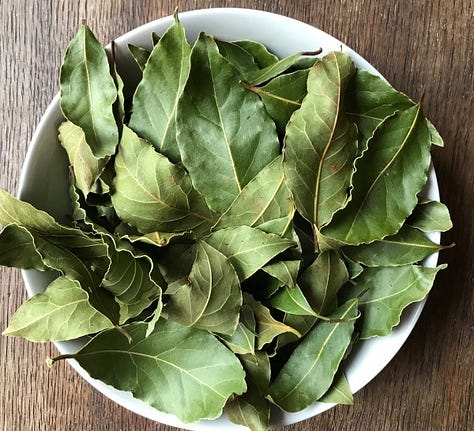

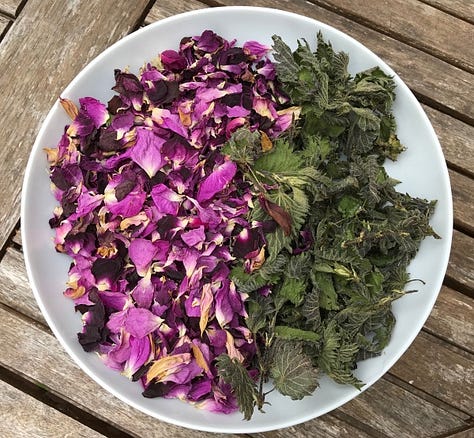
Selling herbal products and safety assessment
If you are prescribing or selling herbal products then shelf life has to be considered. Herbal practitioners treat individuals through consultation and find that using alchohol-based tinctures is ideal because they keep well without refrigeration. But, selling herbal products over the counter or online to the general public is completely different. A key question is safety and whether the product does satisfy a safety assessment. For body care and cosmetics, this means looking at the constituents and getting advice on added preservatives. I will be writing future posts in the MAKING RECIPES # series about the situation for selling a herbal product to a wider market, and whether there are natural preservatives that can be used.
What can be done?
So, what else can you do to help maintain colour, aroma, effectiveness and quality of herbs and herbal preparations? There are a few herbal preservatives that I like to use. First, let’s understand more about how to keep an eye on quality and prevent losses.
Checking for lasting quality of ingredients
If you harvest and store your own herbs then you have a fixed time point for starting measuring months and years. This relies on effective labelling and some kind of stock record. In addition to recording date of harvest I usually date any labels applied to bags and jars when they are filled with dried or processed herbs. That date provides me with an immediate visual guide as to how long that material has been on the shelf. But I don’t grow everything I use so it is likely that some ingredients have to be bought in, such as oils and waxes. A big problem may be that these ingredients which have to be purchased may already be nearing the end of their useful life. Good suppliers will provide a 'use by' date to give you some idea of remaining potential of particular ingredients.
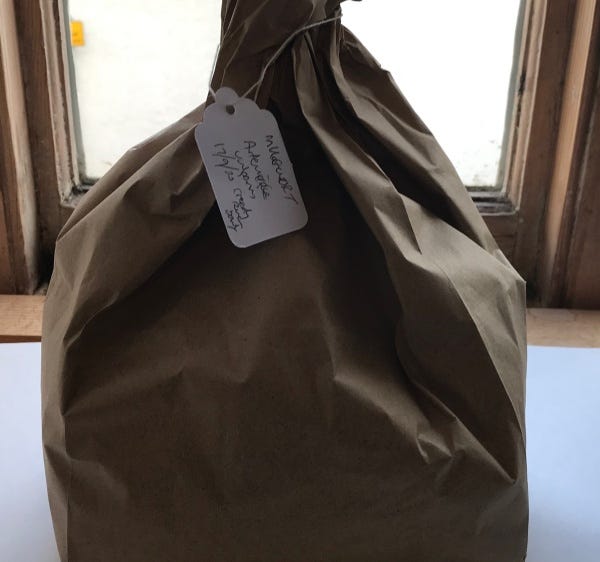
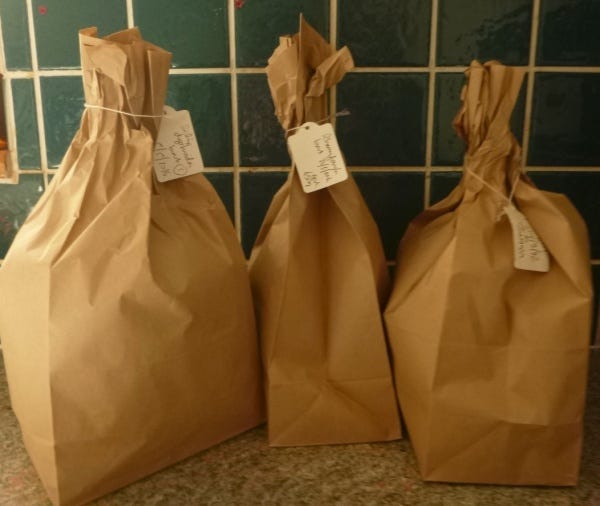
Oils and waxes
Carrier oils are a particular problem as they are quite short lived. Heavily processed supermarket oils might last longer, while organic oils can have less stable components. This problem can also apply to butters and waxes, anything that can go rancid. I tend to mark bottles and other shipments with date of arrival so that I have a way to check how long they have been inhouse. Through stocktaking at the start of every year I can dispose of older materials. It is usually evident if a refresh is needed, oils change in odour, become rancid or sour, smelling ‘off’ - there may be little change in appearance but in plastic containers you might see a yellowing or brownish change - all evidence of oxidation just like rust! When oils oxidise, you can also see the sides of plastic containers pull inwards as the oxygen inside is used up.
Oxygen and breakdown of oils
Oxygen, as a gas in the air and vital for life, acts on fats to cause a series of breakdown reactions. Fat or lipid oxidation is a chain reaction producing free radicals and peroxides and then other by-products such as aldehydes and these are indicators of rancidity. Unsaturated oils (including seed and nut oils) that have double bonds between carbon atoms are more reactive, and are unstable. Saturated fats have no double bonds and oxidation is much slower. So oils without double bonds are more stable, such as coconut oil. Oxidation is increased by higher temperatures, exposure to air, ultraviolet light, and reactive metals such as copper and iron. Storage in dark glass and plastic jars helps to reduce the levels of light which contribute to the process.
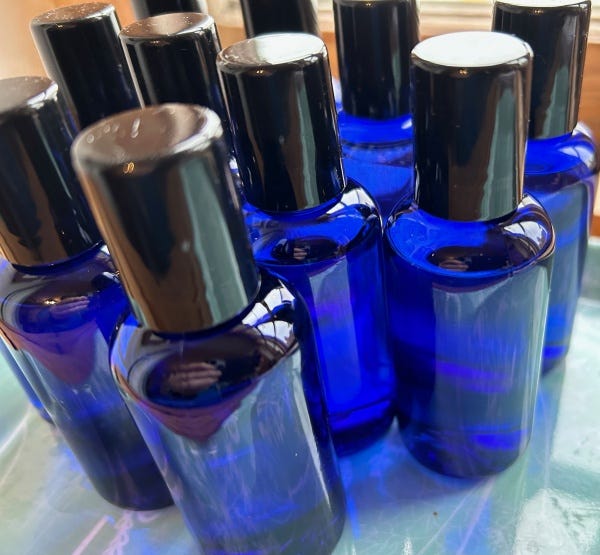

Water supports life including bacteria
The other problem for preservation is water, the building block of life. One way to check if water is present is to weigh plant material repeatedly as it dries. It should decrease in weight until a stable weight is reached, which may be as little as one-third of the original weight. Water is a problem because it enables bacteria and fungi to grow. Wherever water is found, from puddles to damp clothes, there is potential for bacterial populations to increase exponentially (perhaps even doubling every 10 min). While some bacteria are important for processes of natural decay and decomposition (such as bacteria in the gut) others can have damaging or toxic effects. For these reasons the presence of water in herbal products must be taken very seriously, and usually requires some form of preservative to ensure that bacteria etc cannot take hold.
What can you do?
Store wisely! The short life of fresh herbs can be extended by cool storage such as in a refrigerator. For dried materials, protect from light and moisture by storing in a covered dry location in effective containers. Containers vary, generally I use paper and glass, avoiding metal or plastic which can corrode over time and are not always readily reusable. If you need to purchase herbs or other ingredients then buy in limited quantities. Buy only what you can use within a few months, so limiting the time available for deterioration. This is especially important with oils. Although there may be economies of scale and lower prices possible for large amounts of herbs and other supplies, these are not much help if the material degrades before it can be used! For preparations using dried herbs, consider ingredients or solvents that can act as preservatives (more below). For plant material that you grow and harvest yourself you can make sure that plants are crisply dry before bagging.
Paper bags are very useful!

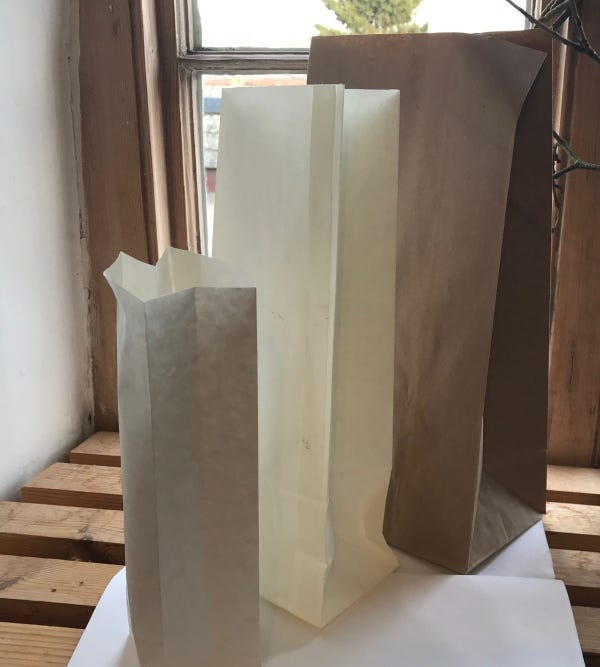
Paper bags protect herbs from infestations and allow air to circulate so that dampness is avoided. I prefer to use paper bags for dried herbs and glass jars for powdered herbs. These are available in different sizes and either recyclable or reusable. White paper bags can be ‘food grade’ and are ideal for smaller quantities of dried herbs for sale or storage. Larger brown paper bags can also be obtained in quantity, although I recommend asking for a sample before purchasing in quantity, as some of the paper bags bought in recent years have turned out to be rather thin and easily ripped which is not ideal! My all-time favourite small white bags are block bottomed 75 mm wide and 50 mm deep and 235 mm high - they are sometimes sold as 0.5 kg size. Made from white Kraft paper these bags are great value, I usually expect to see 70 gsm or greater (that is the paper thickness). These bags are really stable as they have a flat base, and are useful too for collecting smaller amounts of seeds and flowers in the field. The brown Kraft bags are larger, sold as 2 or 2.5 kg or more in size, and work well for storing bulkier bark and leaves.
Save your jars
Preserving jars are ideal for herbal materials, whether dried or infused in oils and tinctures. They can be obtained in many sizes and are fully washable. If possible obtain dark glass jars to reduce the effects of light, particularly its warmth and ultra-violet content. An alternative to consider is PET bottles, these are the better quality shiny plastic containers used to supply many tinctures, and they can often be reused. Of course, you can recycle glass jars, ideally put them through at least a hot dishwasher cycle to ensure no residues and check that they are thoroughly dried.
Storage spaces
A steady cool temperature is best, for example under the stairs, or in a well-insulated roof or shed. It may be hard to keep insects and rodents out of some storage areas. If so then large plastic food tubs are helpful - as they can be fully closed off with lids. It is possible to store fresh herbs in a freezer although it is likely that the process of freezing can denature plant cells, so everything comes out mushy. Experience with frozen herbs is still somewhat limited in terms of extracts and preparations, it may be useful for short-term storage of leaves and fruits that are going to be further processed. For me the benefit of freezing is more likely to be the way it can be used to control for insects such as mites. I purchased a small chest freezer because I wanted to be able to ensure insect-free plant material, so my dry stored herbs would be put in the freezer for a period of around 4 weeks, then gently thawed.
Products need antimicrobial preservatives too
Anti-oxidants are usually added to herbal preparations to slow down deterioration and take effect by reducing creation of unwanted chemicals. We saw above how anti-oxidants can slow the changes in oils. These are useful for herbal preparations for external use such as balms and ointments. But these are not preservatives that prevent the growth of pathogens such as bacteria and fungi. I find that essential oils are very useful to help defeat pathogens, especially lavender and rosemary essential oils with antimicrobial properties. Both also provide anti-oxidant effects too, though should only be used for external preparations in limited quantities, around 1-2%. That amounts to 20 drops per 100 ml.
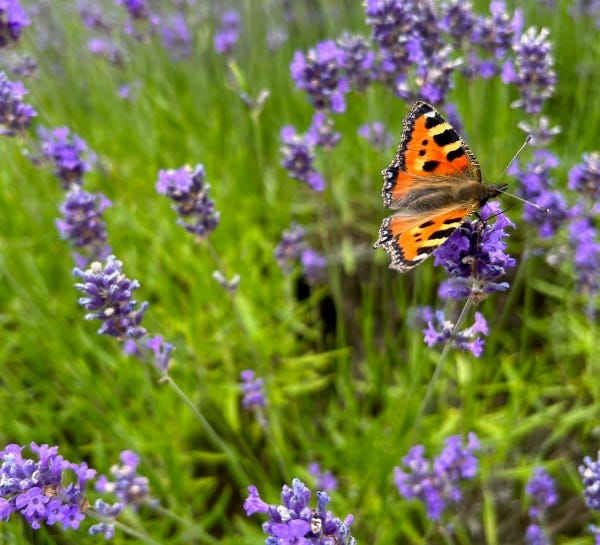
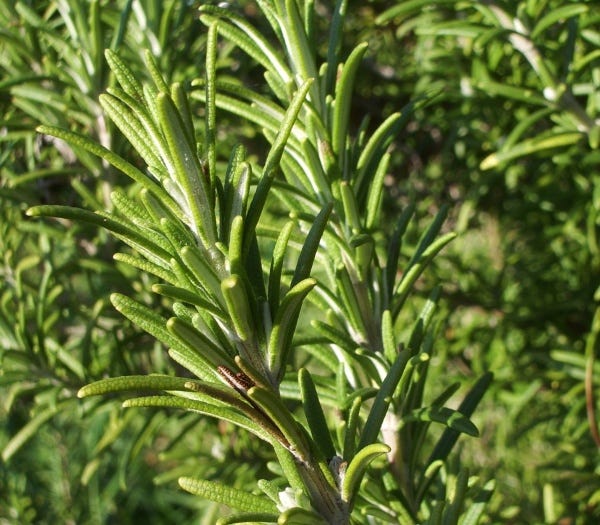
Home preservation
Another way to increase shelf life is to speedily process plant material. Using sugar and alcohol for making syrups and tinctures can be good ways to preserve plant material for home use. The effects of alcohol and sugar as constituents help to protect from deterioration. Sugar works by binding to water and limiting water content available to bacteria in herbal preparations such as syrup where the proportion of sugar needs to be about 65%. Higher levels of sugar become unpalatable and can crystallise. As in making jam, the preservative effect of sugar is likely limited to a few years and may not prevent moulds from appearing. Somewhat more effective is alcohol which is toxic to most micro-organisms (and very much higher alcohol levels also dehydrate cells). For most herb tinctures made at home with alcohol and water, the alcohol level is around 25%. Many recipes specify use of spirits with about 40% ABV content since the water in fresh plant material can dilute the alcohol further. Manufactured tinctures may be 30% or 45% alcohol or even higher as processing methods such as vacuum extraction are used. Note that alcohol strength is given differently in UK and USA, a vodka of 40% alcohol by volume (ABV) in UK is 80% proof in USA.
Conclusion
Shelf life matters so it is good to have a better understanding of ways it can be affected. It is inevitable that natural products will change over time. If something keeps for a long time then likely it is non-organic and/or contains significant preservatives. Knowing what helps to prevent deterioration is a starting point for taking protective steps to keep your herbs and preparations well for as long as possible.







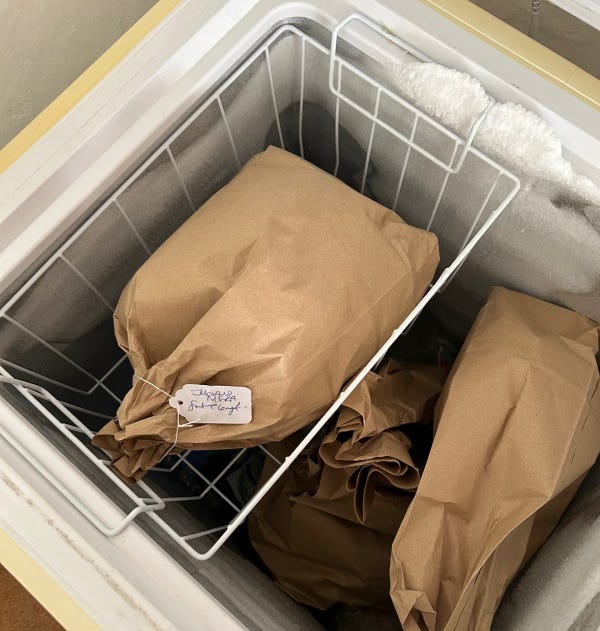
Hi Niyanna, so glad you found the post 'On the shelf life of herbs' helpful. I would suggest you look for herbs with organic certification as quality is likely to be higher (though not guaranteed), and prioritise suppliers that give details such as Latin name (so you know you have the right species). A starting point in the UK is the Organic Herb Trading company, and there may be other smaller suppliers in different areas.
this was a very helpful post which addressed a question i’ve long been curious about and which i don’t think is discussed enough.
do you have any suggestions of where to buy ‘fresh’ dried herbs in the uk?
thank you